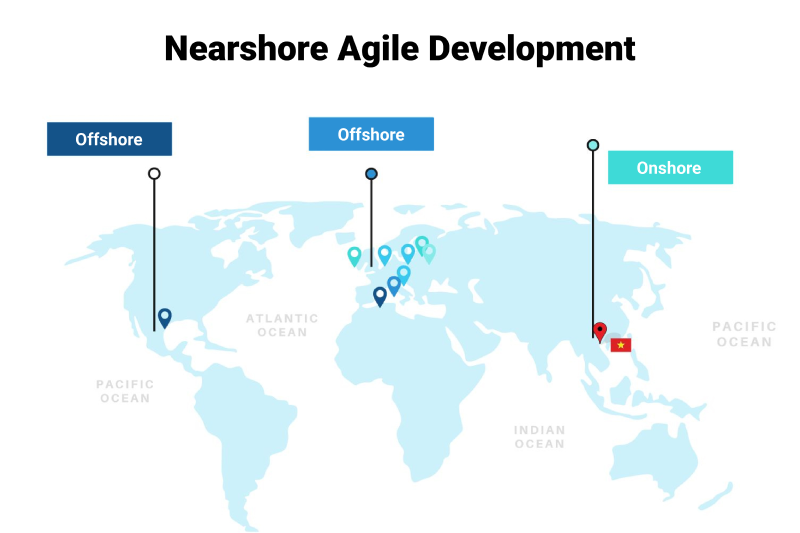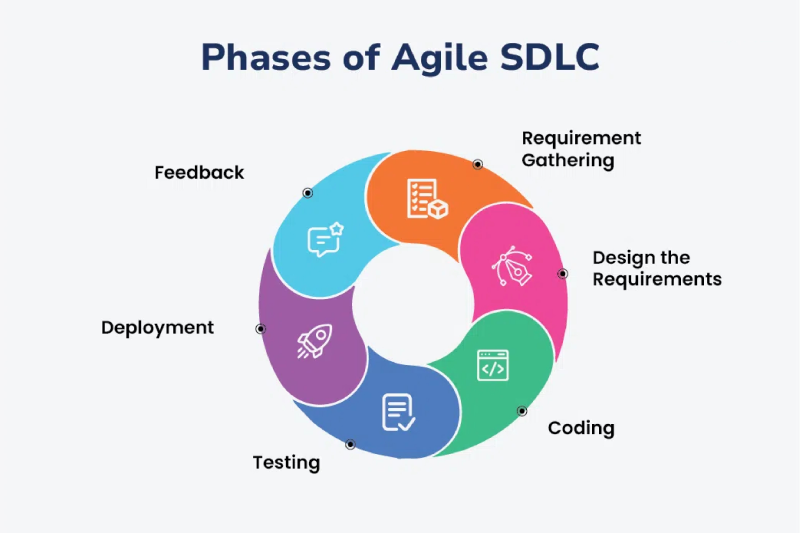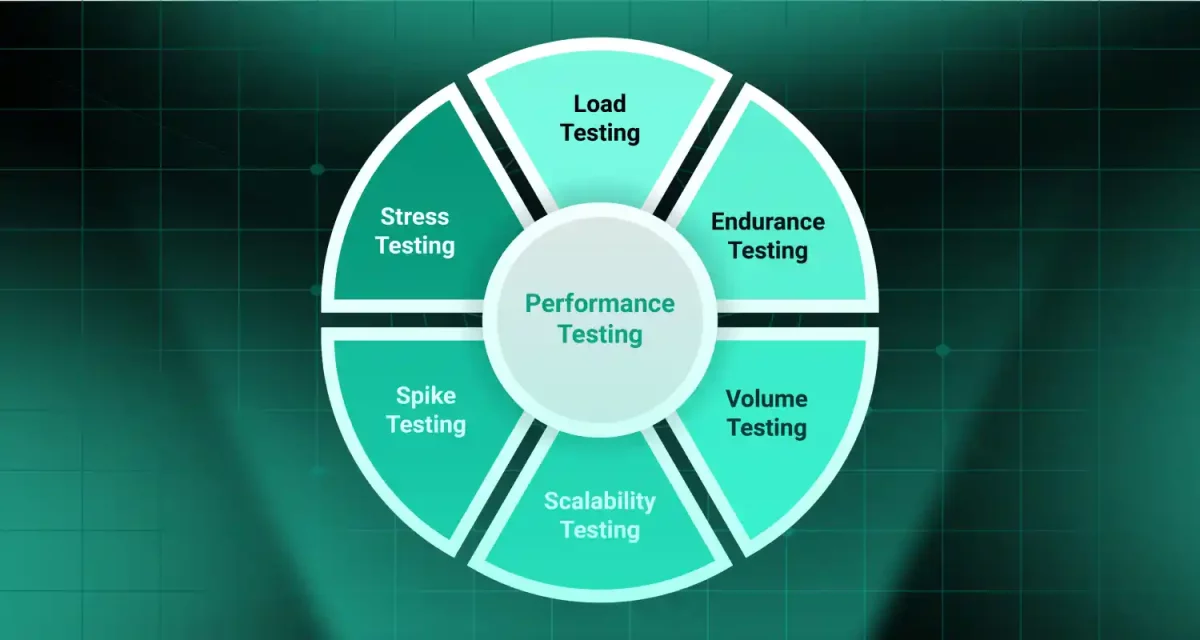
The way businesses develop software has changed drastically in recent years. Agile development has become a standard approach for teams looking to build high-quality software quickly and efficiently.
In this article, we’ll explore the advantages of Nearshore Agile Development, how Agile methodologies enhance project success, and best practices for managing nearshore teams effectively.
1. What is Agile in nearshore software development?
Nearshore Agile Development combines the principles of Agile methodology with the strategic advantages of nearshore development teams. It focuses on collaboration, flexibility, and iterative progress while benefiting from time zone alignment, cultural affinity, and faster communication, key factors that improve efficiency in software development projects.
Nearshore Agile teams work in cross-functional environments, following frameworks like Scrum and Kanban, ensuring that sprints, sprint planning, and continuous integration are executed seamlessly.
Unlike offshore teams, nearshore teams offer real-time feedback loops, reduced communication overhead, and easier adaptation to changing project needs, making them a strong choice for businesses looking to scale development without sacrificing quality or agility.

Read more >>> Spiral Model in Software Development | Definition, Advantages, Disadvantages & Six Invariants
2. Benefits of nearshore agile development teams
Nearshore Agile Development offers a strategic balance between efficiency, cost-effectiveness, and collaboration, making it an ideal choice for businesses seeking high-quality software development.
2.1 Enhanced communication
One of the biggest challenges in Agile development is effective communication, especially with distributed teams. Nearshore development solves this by providing time zone alignment, ensuring real-time collaboration, faster feedback loops, and seamless sprint planning. Additionally, cultural affinity fosters better teamwork and understanding, reducing miscommunication and improving overall productivity.
2.2 Cost efficiency
While offshore development is often chosen for low costs, it can come with hidden expenses like delays, communication barriers, and quality issues. Nearshore teams offer a cost-effective alternative, providing competitive pricing without sacrificing quality. Businesses benefit from faster turnaround times and fewer bottlenecks, ultimately reducing long-term development costs.
2.3 Flexibility and scalability
Agile thrives on adaptability, and nearshore teams make it easier to scale development efforts up or down based on project needs. Whether a company requires additional developers for a sprint or specialized expertise for a feature, nearshore teams can quickly integrate into existing workflows, ensuring smooth and efficient project scaling.
2.4 Access to talent
Nearshore regions provide a diverse pool of highly skilled developers, often with expertise in Agile methodologies, continuous integration, and SDLC best practices. This access to specialized talent allows companies to build cross-functional teams capable of delivering high-quality, innovative solutions while maintaining Agile efficiency.

3. Agile software development life cycle in nearshore projects
The Agile Software Development Life Cycle (SDLC) consists of 6 key phases: planning, design, development, testing, deployment, and maintenance. In Nearshore Agile Development, these phases remain the same but benefit from real-time collaboration, faster decision-making, and better alignment between teams due to time zone proximity and cultural similarities.
3.1 Planning
Nearshore teams work closely with stakeholders to define the project scope, sprint priorities, and key deliverables. With real-time availability, sprint planning, backlog refinements, and team meetings happen without long delays, leading to faster decision-making and improved project alignment.
→ This phase ensures that everyone is on the same page before development begins, reducing risks later in the process
3.2 Design
The design phase is where UX/UI designers, system architects, and developers collaborate to build a flexible and scalable software structure. Nearshore teams work closely with in-house designers, ensuring that the product vision, user experience, and business objectives are fully aligned.
→ The benefit of nearshore collaboration in this phase is a seamless design process with fewer communication barriers and faster iteration cycles.
3.3 Development
Using Agile frameworks like Scrum and Kanban, nearshore development teams work in sprints, focusing on iterative progress, continuous feedback, and integration of new features. Developers stay in sync with in-house teams, ensuring that code is built efficiently, reviewed continuously, and adjusted based on evolving requirements.
→ The cross-functional nature of Agile teams enables nearshore developers to work alongside QA testers and business analysts, resulting in high-quality code with fewer bottlenecks.
3.4 Testing
Quality assurance (QA) teams within nearshore environments focus on both manual and automated testing to detect bugs early in the development process. Automated testing tools like Selenium or Cypress allow for faster testing cycles, while manual testing ensures the user experience remains seamless.
→ By integrating testing within the Agile workflow, nearshore teams quickly identify and resolve issues, improving the software’s stability, performance, and security.
3.5 Deployment
Nearshore teams play a vital role in continuous deployment and integration, ensuring that new features and updates are deployed smoothly. Since they operate within the same or similar time zones as in-house teams, any last-minute changes or fixes can be implemented quickly, reducing the risk of delays.
→ With nearshore collaboration, businesses can deploy software more frequently and reliably, keeping their products up to date without disruption.
3.6 Maintenance
After deployment, software requires ongoing maintenance, performance monitoring, and security updates. Nearshore teams provide real-time support, ensuring that issues are resolved quickly and improvements are implemented efficiently.
→ The advantage of having a nearshore team for maintenance is faster response times, proactive issue resolution, and long-term software sustainability.

4. Conclusion
Nearshore Agile Development offers a powerful combination of Agile flexibility and nearshore advantages, enabling faster collaboration, better communication, and efficient project execution. By working with nearshore teams, businesses can reduce development risks, improve software quality, and accelerate time-to-market while maintaining cost efficiency and strong project alignment.




